Home>Gardening & Outdoor>Landscaping Ideas>Which Grass Grows In Shade
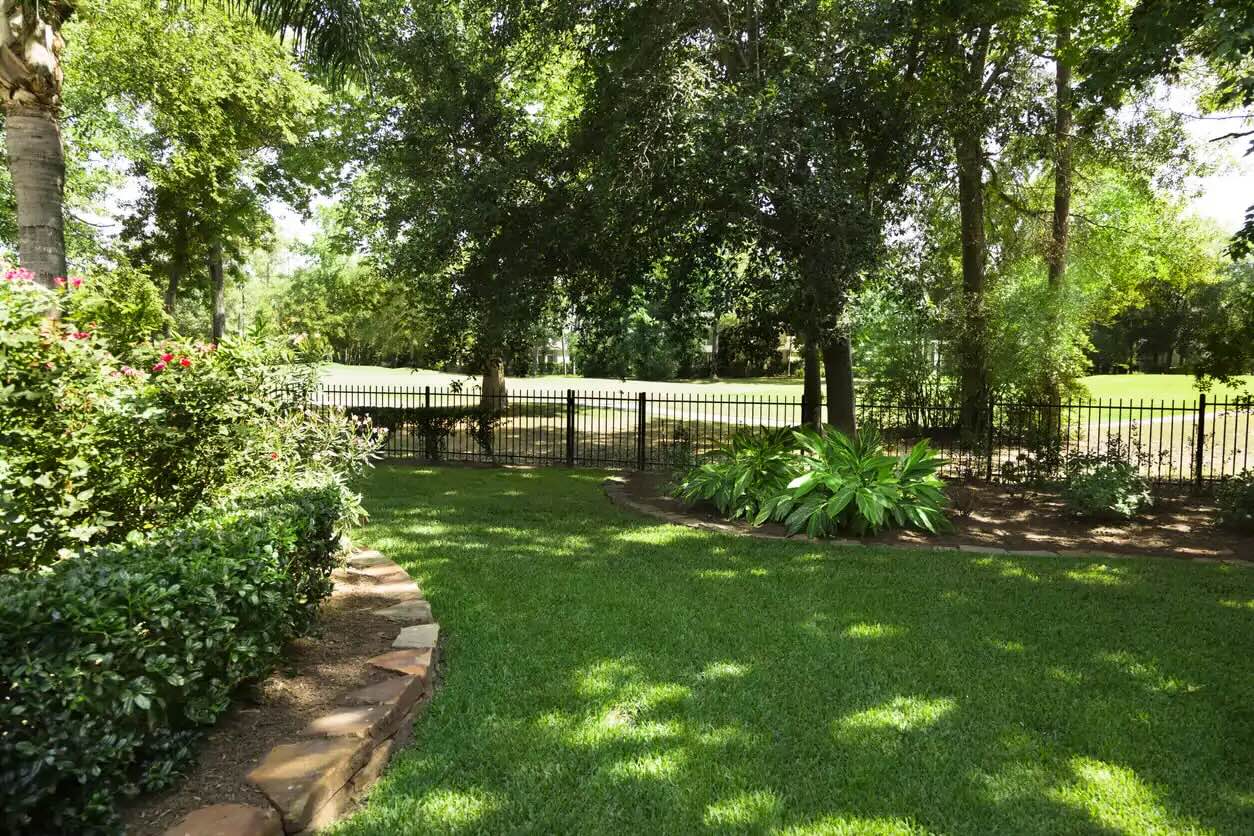

Landscaping Ideas
Which Grass Grows In Shade
Modified: March 5, 2024
Discover the best landscaping ideas for shaded areas with our guide on which grass grows in shade. Create a lush, green space in your yard with our expert tips and advice.
(Many of the links in this article redirect to a specific reviewed product. Your purchase of these products through affiliate links helps to generate commission for Storables.com, at no extra cost. Learn more)
Introduction
When it comes to landscaping, the lush green expanse of a well-maintained lawn is a sight to behold. However, achieving and maintaining such a picturesque lawn can be a challenge, especially when dealing with shaded areas. The presence of shade from trees, buildings, or other structures can significantly impact the growth and health of grass, often leaving homeowners perplexed about the best way to cultivate a thriving lawn in such conditions.
In this comprehensive guide, we will delve into the nuances of growing grass in shaded areas, shedding light on the types of grass that flourish in low-light conditions and providing valuable tips for nurturing a verdant lawn despite the challenges posed by shade. Whether you're a seasoned gardener or a novice enthusiast, understanding the dynamics of shade and its effects on grass growth is crucial for achieving a vibrant and resilient lawn.
Shade presents a unique set of circumstances that can influence the health and appearance of grass. Factors such as reduced sunlight, limited air circulation, and increased competition from tree roots can all contribute to the struggle of grass to thrive in shaded environments. However, armed with the right knowledge and strategies, it is indeed possible to transform these shaded areas into lush, inviting spaces that enhance the overall aesthetic of your landscape.
As we embark on this exploration, it's important to approach the topic with an open mind and a willingness to embrace innovative solutions. By the end of this guide, you will be equipped with the insights and practical know-how needed to transform shaded patches of your lawn into thriving oases of greenery. So, let's roll up our sleeves and embark on this enlightening journey into the realm of shade-adapted grasses and the art of cultivating a flourishing lawn in less-than-ideal lighting conditions.
Key Takeaways:
- Embrace shade-tolerant grasses like fine fescue and perennial ryegrass to create lush lawns in shaded areas. Tailor lawn care practices and irrigation to overcome shade challenges and nurture vibrant green spaces.
- Understand the impact of shade on grass growth and select the right grass species for shaded areas. Implement strategic pruning, proper lawn care, and soil monitoring to transform shaded patches into thriving oases of greenery.
Read more: How To Grow Grass In Shaded Areas
Understanding Shade and Its Impact on Grass Growth
Shade, a phenomenon often caused by trees, buildings, or other structures, plays a pivotal role in shaping the growth and vitality of grass. The impact of shade on grass growth is multifaceted, encompassing various factors that can hinder the development of a healthy lawn.
Reduced Sunlight Exposure
One of the primary effects of shade on grass growth is the reduction in sunlight exposure. Sunlight is essential for the process of photosynthesis, through which plants produce energy for growth. In shaded areas, the diminished sunlight availability can impede the grass's ability to photosynthesize effectively, leading to slower growth and reduced overall vigor.
Limited Air Circulation
Shaded areas often experience reduced air circulation, which can create a microclimate conducive to moisture retention. While some grass species thrive in moist conditions, excessive moisture in shaded areas can promote the growth of moss and mold, potentially suffocating the grass and inhibiting its healthy development.
Competition from Tree Roots
In addition to light and air circulation, shaded grass must contend with competition from tree roots for essential nutrients and water. The presence of mature trees in shaded areas can lead to aggressive root systems that outcompete grass for resources, further challenging the grass's ability to thrive.
Read more: Which Is The Fastest Growing Grass
Variability in Shade Intensity
Shade is not a static condition; rather, it varies in intensity throughout the day and across different seasons. Understanding the nuances of shade intensity is crucial for selecting the right grass species and implementing appropriate maintenance practices to support healthy growth in shaded areas.
Adaptation and Resilience
Despite these challenges, certain grass species have evolved to adapt to shaded environments, exhibiting resilience in the face of reduced sunlight and other limiting factors. By understanding the unique characteristics of these shade-adapted grasses, homeowners can make informed decisions when cultivating and maintaining lawns in shaded areas.
In essence, comprehending the impact of shade on grass growth is essential for devising effective strategies to nurture a thriving lawn in shaded environments. By acknowledging the complexities of shade and its influence on grass, homeowners can embark on a journey towards creating verdant, inviting landscapes that defy the constraints of low-light conditions.
Types of Grass That Thrive in Shade
Selecting the right type of grass is pivotal for achieving a flourishing lawn in shaded areas. Fortunately, several grass species have demonstrated a remarkable ability to thrive in low-light conditions, offering homeowners a diverse array of options to suit their specific landscaping needs. Let's explore some of the top contenders in the realm of shade-adapted grasses:
1. Fine Fescue
Fine fescue, encompassing varieties such as creeping red fescue, chewings fescue, and hard fescue, is renowned for its exceptional shade tolerance. These grasses exhibit fine blades and a dense growth habit, making them well-suited for shaded lawns. Fine fescue varieties are also valued for their low maintenance requirements and adaptability to a range of soil types, further enhancing their appeal for shaded landscapes.
2. Kentucky Bluegrass
While Kentucky bluegrass is typically associated with full sun exposure, certain improved varieties have demonstrated impressive shade tolerance. When selecting Kentucky bluegrass for shaded areas, it is advisable to opt for cultivars specifically bred for low-light conditions. These specialized varieties exhibit enhanced adaptability to shade, allowing homeowners to enjoy the aesthetic appeal of Kentucky bluegrass even in areas with limited sunlight.
3. Perennial Ryegrass
Perennial ryegrass, known for its rapid germination and establishment, also possesses notable shade tolerance. This cool-season grass species thrives in shaded environments, providing a vibrant, lush appearance even in areas with reduced sunlight. Its quick growth and resilience make it a valuable addition to shaded lawns, contributing to the overall visual appeal and resilience of the grass cover.
4. Zoysia Grass
Zoysia grass, while primarily recognized for its sun-loving nature, includes certain cultivars that exhibit commendable shade tolerance. These specialized varieties of zoysia grass are well-suited for transitional zones where shade and sunlight interplay, offering homeowners the opportunity to incorporate this resilient grass species into areas with varying light conditions.
5. St. Augustine Grass
St. Augustine grass, a warm-season grass known for its lush, carpet-like appearance, also includes shade-tolerant cultivars. While it thrives in full sun, certain selections of St. Augustine grass have been developed to withstand shade, providing homeowners in warmer climates with an attractive option for shaded areas within their landscapes.
6. Tall Fescue
Tall fescue, a cool-season grass with robust growth characteristics, is celebrated for its shade tolerance and adaptability to diverse soil types. Its deep root system and resilience in shaded environments make it a popular choice for homeowners seeking a hardy, low-maintenance grass for shaded lawns.
By understanding the unique attributes and shade tolerance of these grass species, homeowners can make informed decisions when selecting the most suitable grass for shaded areas within their landscapes. Whether aiming for a fine-textured, low-maintenance lawn or prioritizing rapid establishment and resilience, the diverse array of shade-adapted grasses offers a spectrum of options to cater to varying preferences and landscaping requirements.
Tips for Growing Grass in Shaded Areas
Successfully cultivating a thriving lawn in shaded areas requires a strategic approach and a nuanced understanding of the unique challenges posed by low-light conditions. By implementing the following tips, homeowners can enhance the resilience and vibrancy of their shaded lawns, transforming these areas into inviting green spaces that complement the overall landscape.
1. Select the Right Grass Species
Choosing shade-tolerant grass species is fundamental to the success of a shaded lawn. Fine fescue, Kentucky bluegrass, perennial ryegrass, zoysia grass, St. Augustine grass, and tall fescue are among the top contenders for shaded environments. By opting for grass varieties specifically bred for low-light conditions, homeowners can lay a solid foundation for a lush, resilient lawn that thrives despite limited sunlight.
2. Assess Shade Intensity
Understanding the varying intensity of shade in different areas of the lawn is crucial for tailoring maintenance practices to suit the specific light conditions. By identifying areas of deep shade, partial shade, and dappled shade, homeowners can make informed decisions regarding grass species selection, irrigation frequency, and overall lawn care strategies.
Read more: What Kind Of Grass Seed Is Good For Shade
3. Prune Overhanging Branches
Trimming overhanging branches and foliage can help alleviate excessive shade in certain areas of the lawn. By allowing dappled sunlight to filter through the canopy, strategic pruning can create a more favorable environment for grass growth. However, it is important to exercise caution and seek professional assistance for large-scale pruning to ensure the health and integrity of the trees.
4. Implement Proper Lawn Care Practices
Regular mowing, aeration, and dethatching are essential for maintaining the health of shaded grass. Mowing at the appropriate height for the selected grass species, aerating to improve soil compaction, and dethatching to promote air circulation and nutrient absorption can significantly enhance the resilience of shaded lawns, fostering healthy growth and lush greenery.
5. Optimize Irrigation Techniques
Shaded areas often experience reduced evaporation and slower drying of the soil, necessitating careful irrigation management. By adjusting watering schedules to account for the moisture-retentive nature of shaded environments, homeowners can prevent overwatering and mitigate the risk of fungal diseases, moss, and mold. Additionally, utilizing soaker hoses or drip irrigation systems can deliver targeted moisture to shaded areas, promoting efficient water utilization and minimizing runoff.
6. Monitor Soil Conditions
Conducting regular soil tests to assess nutrient levels and pH balance is essential for optimizing the growing environment for shaded grass. By addressing any deficiencies or imbalances through targeted fertilization and soil amendments, homeowners can create an optimal foundation for healthy grass growth in shaded areas.
Read more: How To Create Shade In A Play Area
7. Consider Alternative Landscaping Solutions
In areas with persistent deep shade where grass struggles to thrive, homeowners may explore alternative landscaping solutions such as creating shaded garden beds, incorporating shade-loving ground covers, or installing hardscapes to minimize the reliance on grass in challenging low-light conditions.
By integrating these tips into their lawn care regimen, homeowners can overcome the obstacles posed by shade and cultivate vibrant, resilient grass in shaded areas. With a proactive and informed approach, transforming shaded patches into thriving green spaces becomes an achievable and rewarding endeavor, enriching the overall landscape with lush, inviting lawns that defy the constraints of low-light environments.
Conclusion
In conclusion, the endeavor to grow grass in shaded areas presents a unique set of challenges and opportunities for homeowners and landscaping enthusiasts. The impact of shade on grass growth, encompassing reduced sunlight exposure, limited air circulation, and competition from tree roots, underscores the need for a nuanced understanding of shade-adapted grasses and tailored maintenance practices. By recognizing the resilience and shade tolerance of grass species such as fine fescue, Kentucky bluegrass, perennial ryegrass, zoysia grass, St. Augustine grass, and tall fescue, homeowners can make informed decisions when selecting the most suitable grass for shaded areas within their landscapes.
The tips for growing grass in shaded areas, ranging from selecting the right grass species and assessing shade intensity to implementing proper lawn care practices and optimizing irrigation techniques, provide a comprehensive framework for nurturing thriving lawns in low-light environments. By embracing these strategies and tailoring them to suit the specific nuances of shade in their landscapes, homeowners can overcome the obstacles posed by shade and transform shaded patches into vibrant, inviting green spaces that enhance the overall aesthetic of their properties.
Ultimately, the journey of cultivating a flourishing lawn in shaded areas is a testament to the resilience of nature and the ingenuity of homeowners in adapting to diverse environmental conditions. By leveraging the insights and practical tips outlined in this guide, individuals can embark on a fulfilling and rewarding pursuit of creating verdant, resilient lawns that defy the constraints of low-light environments. With a proactive and informed approach, the vision of lush, inviting landscapes can be realized, enriching outdoor spaces with the timeless allure of thriving, shade-adapted grasses.
Frequently Asked Questions about Which Grass Grows In Shade
Was this page helpful?
At Storables.com, we guarantee accurate and reliable information. Our content, validated by Expert Board Contributors, is crafted following stringent Editorial Policies. We're committed to providing you with well-researched, expert-backed insights for all your informational needs.
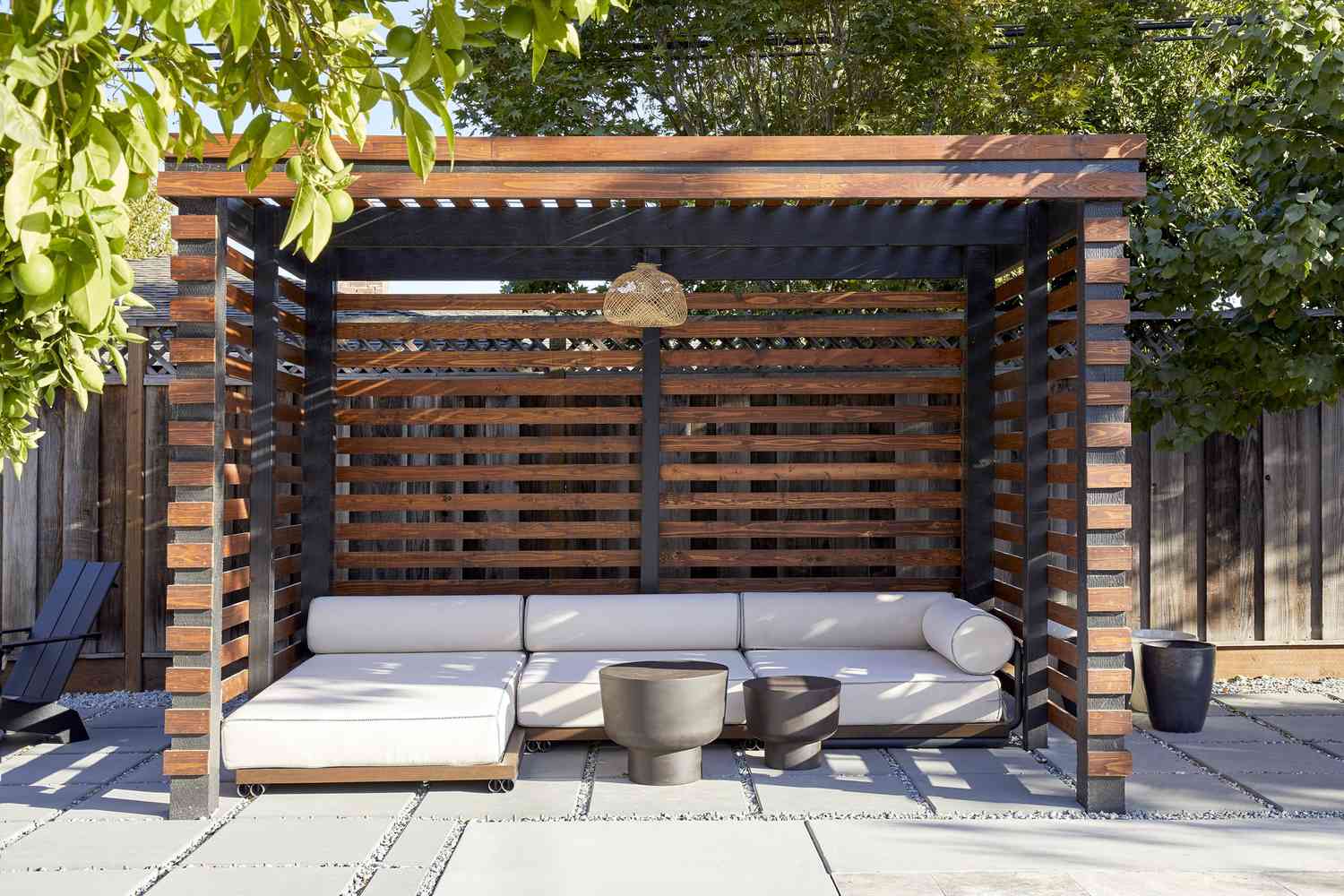
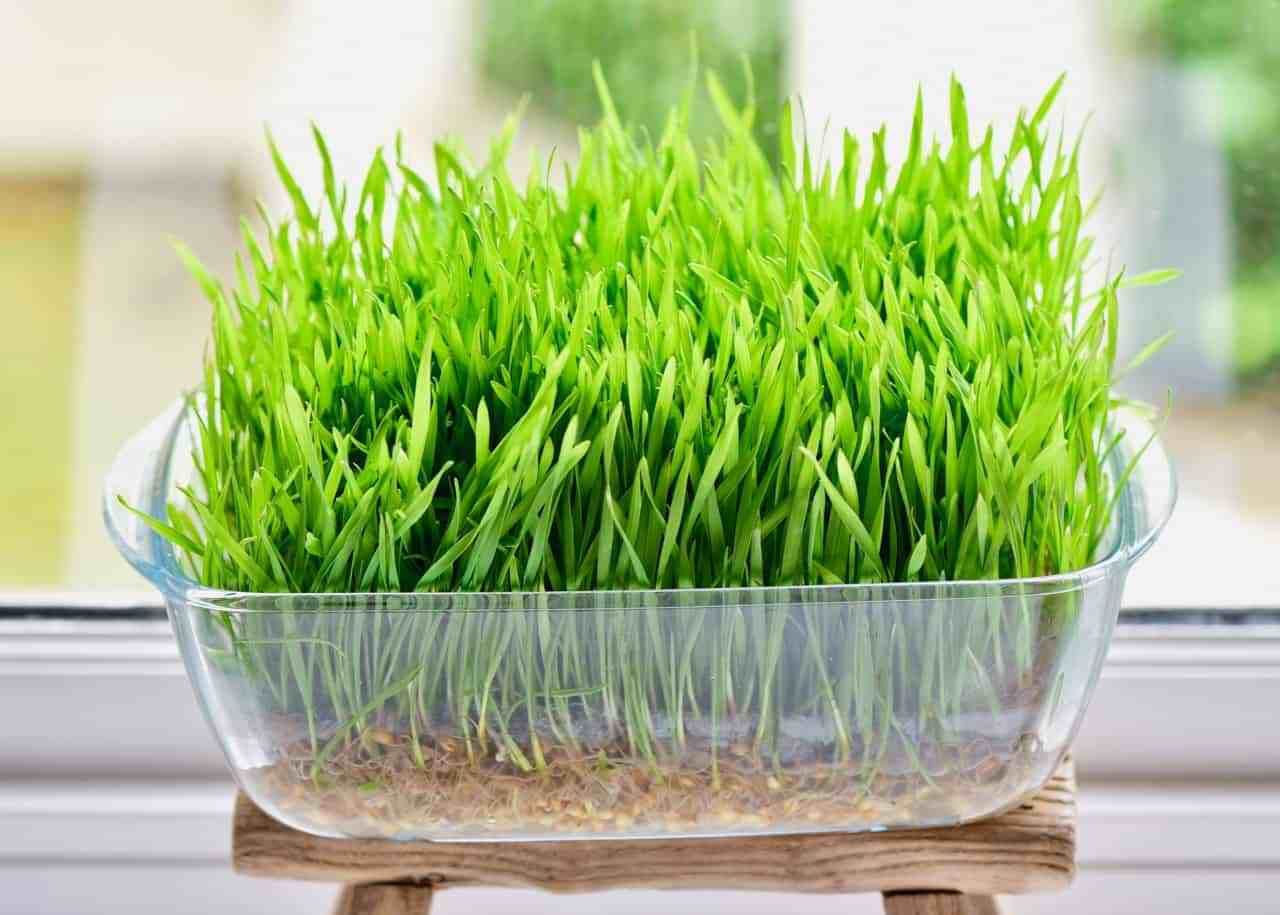
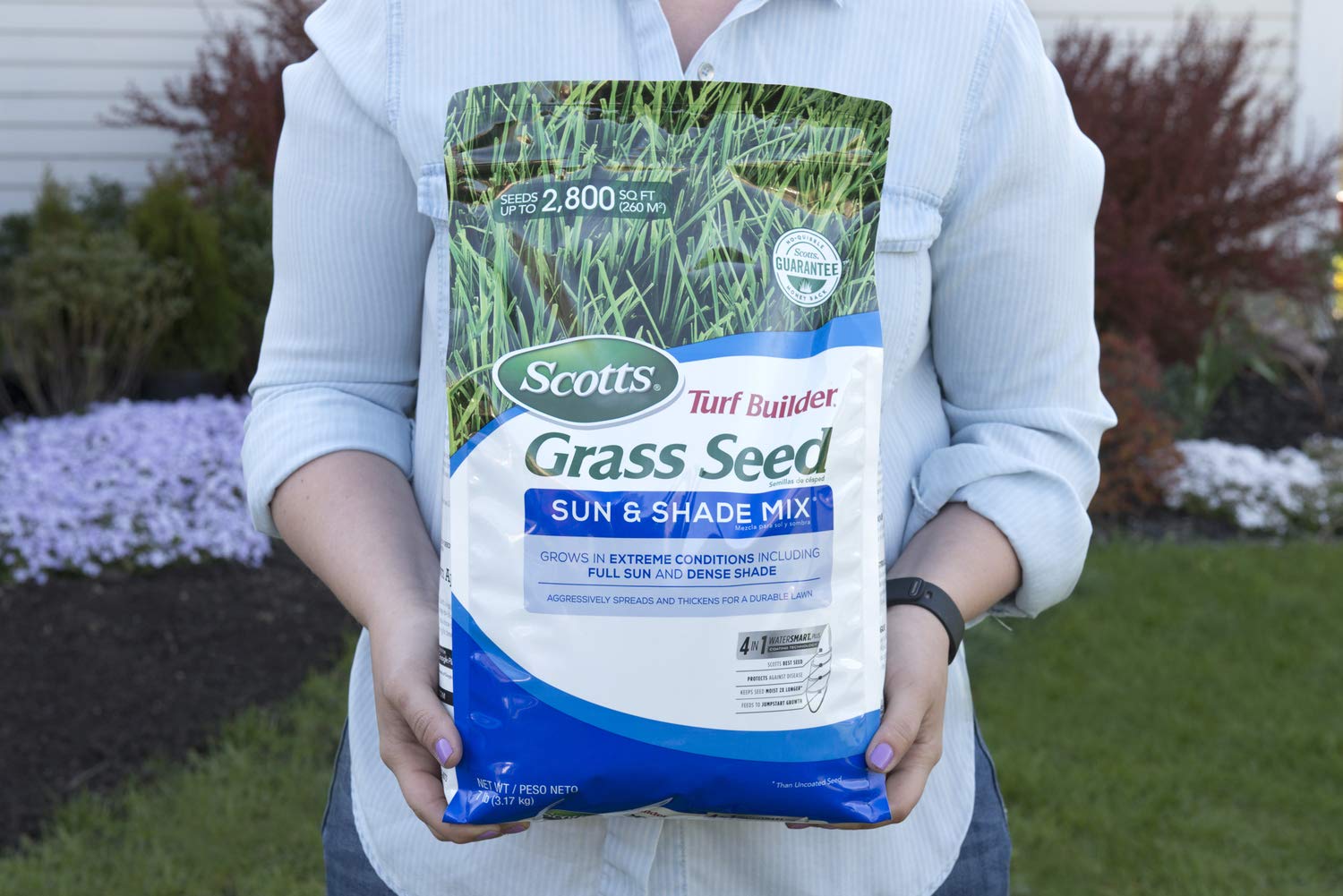
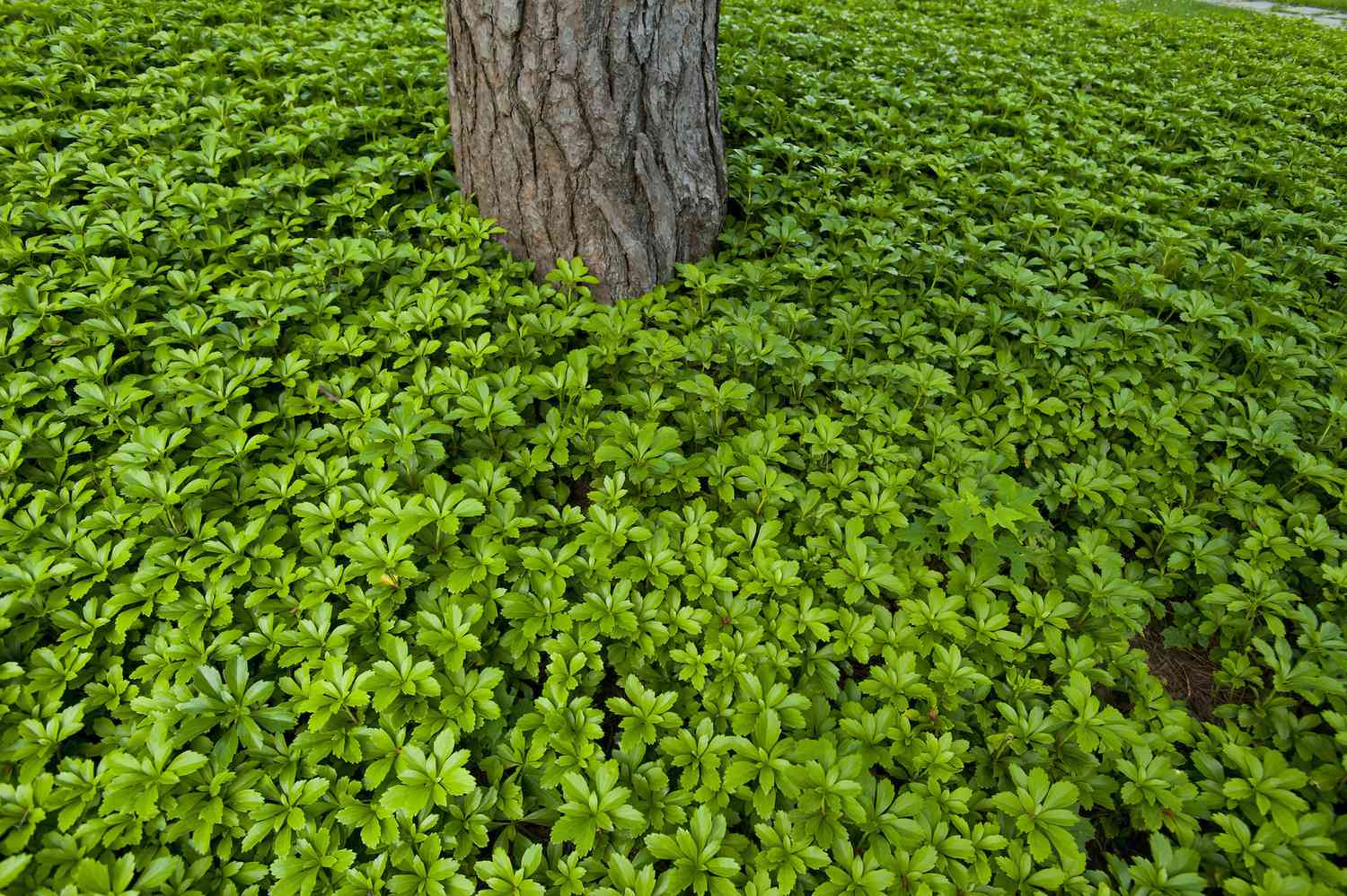
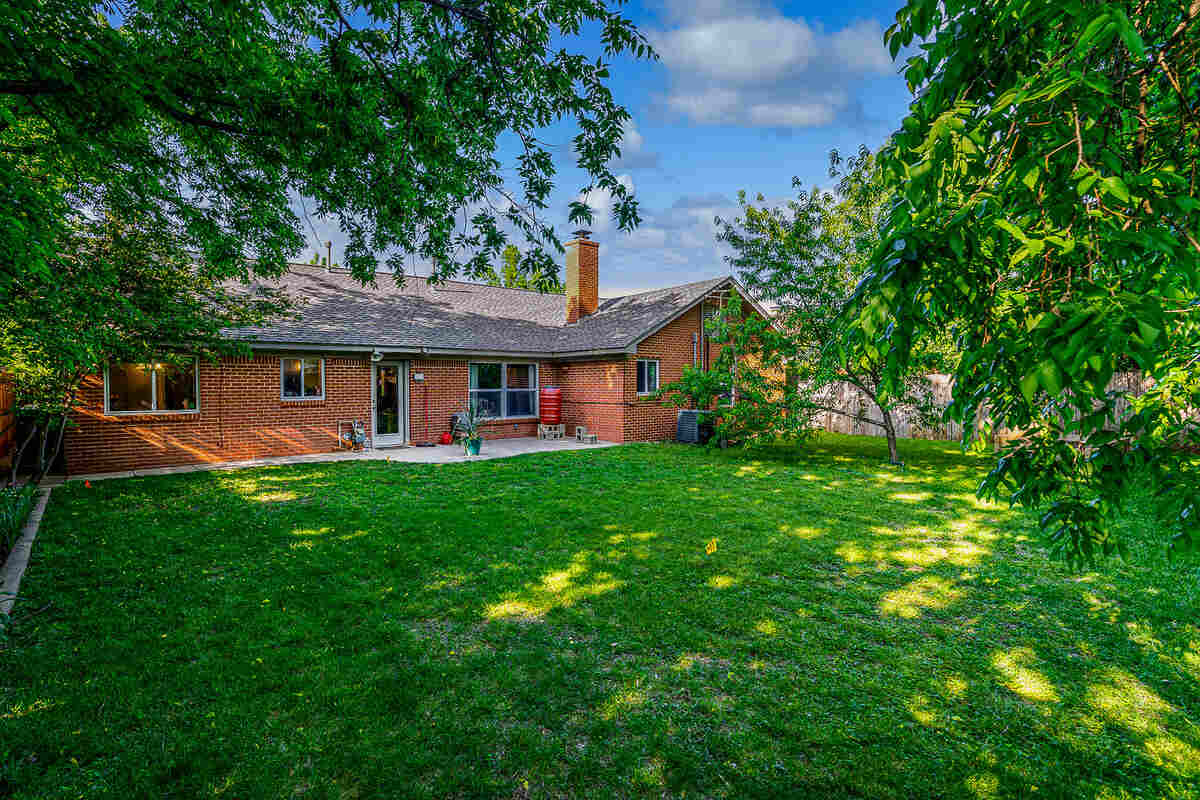
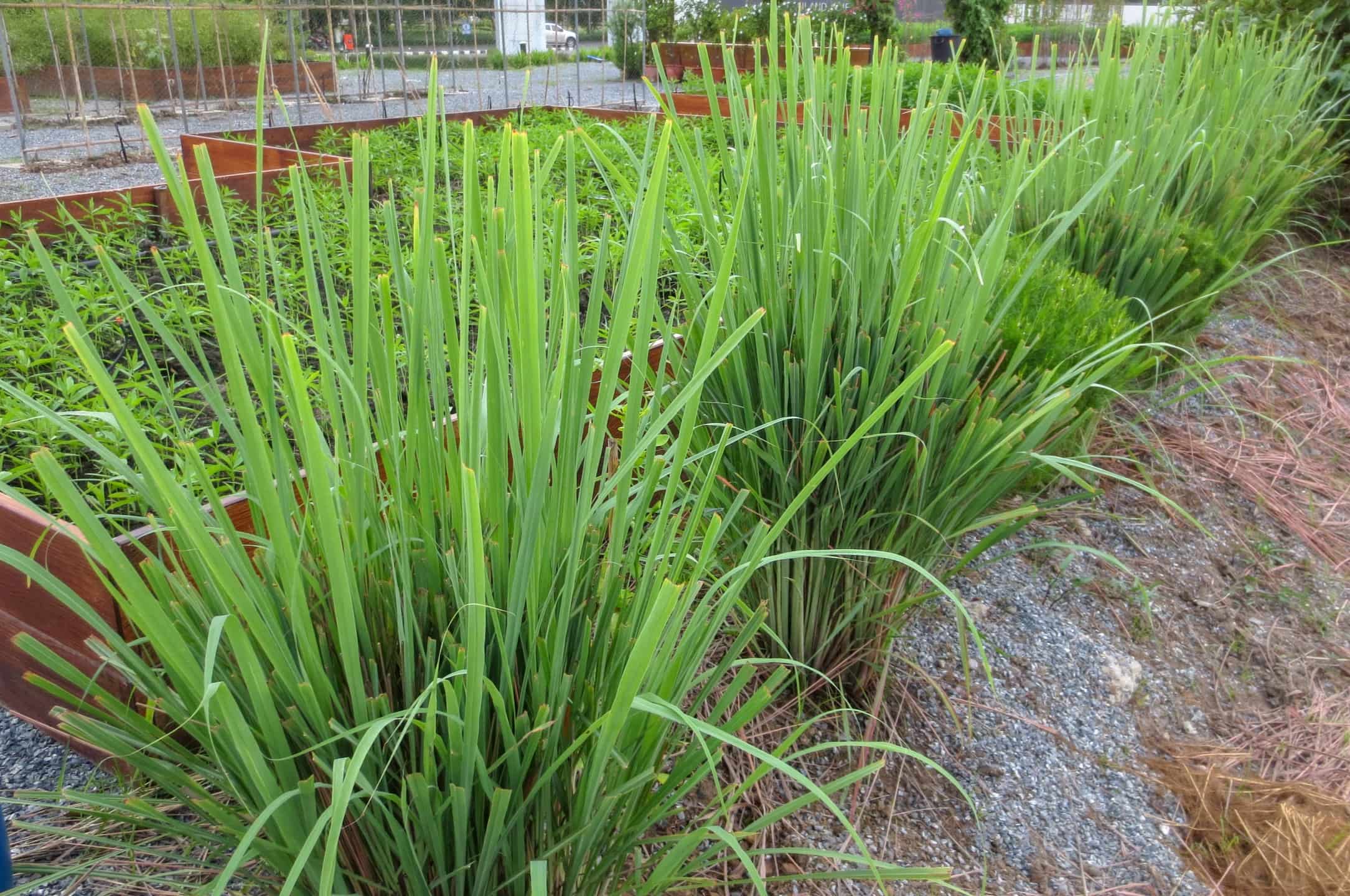
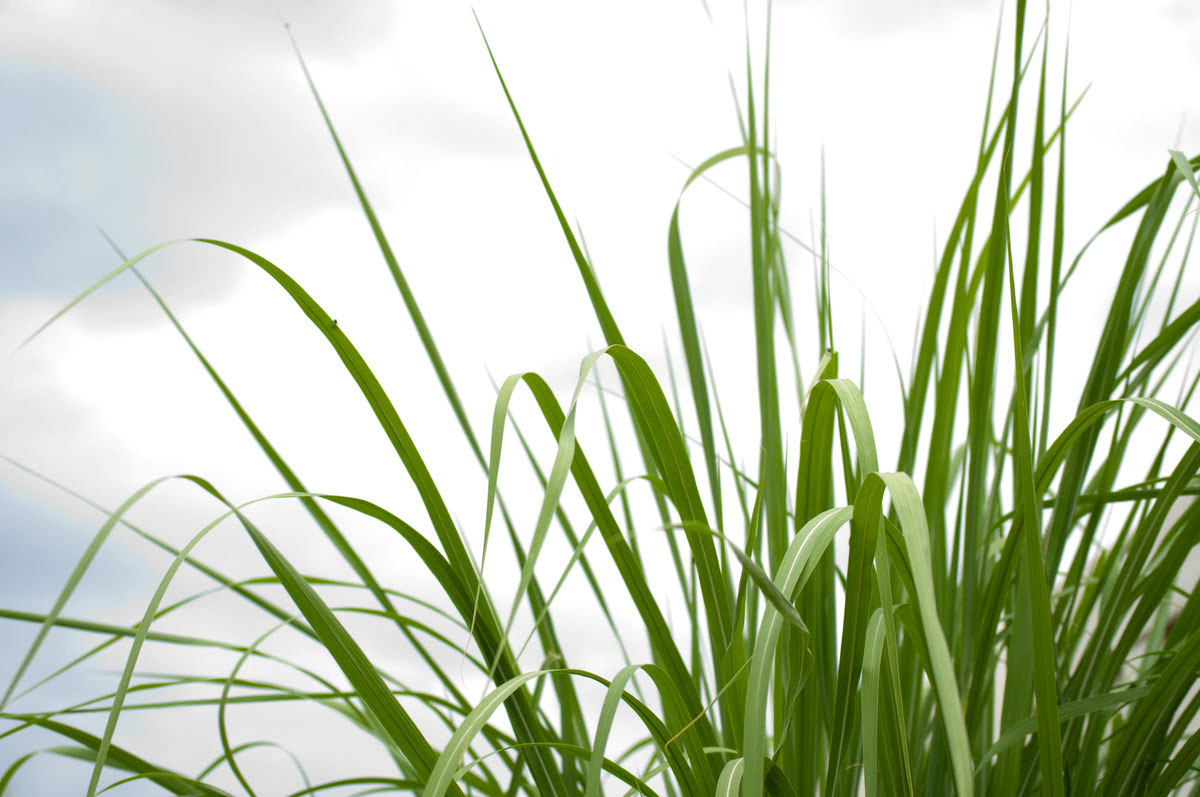
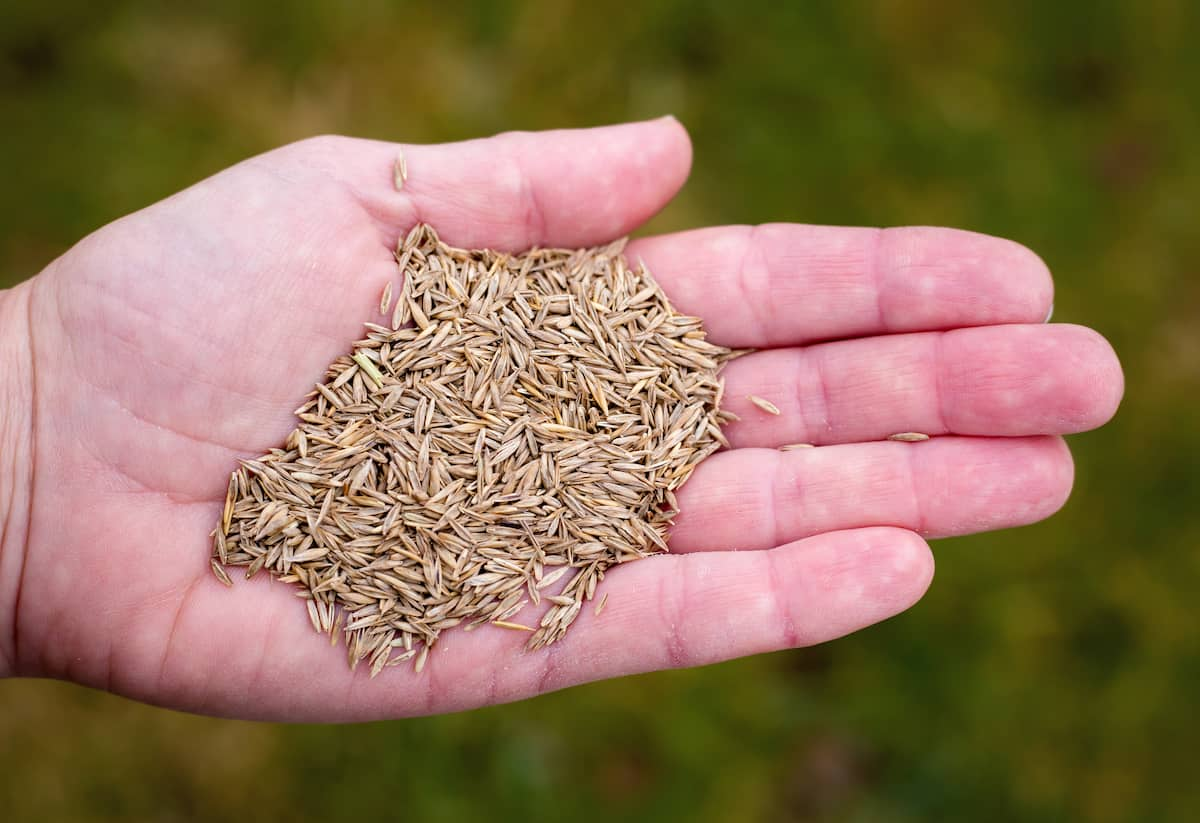
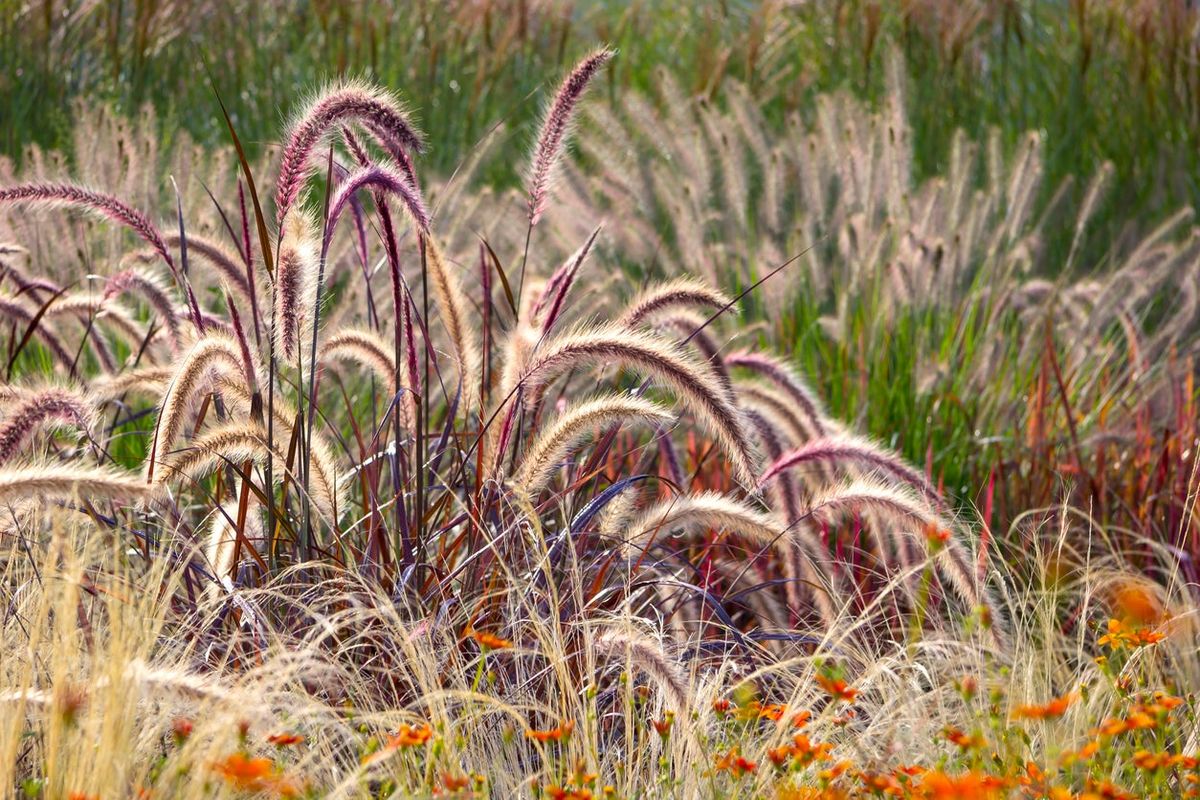
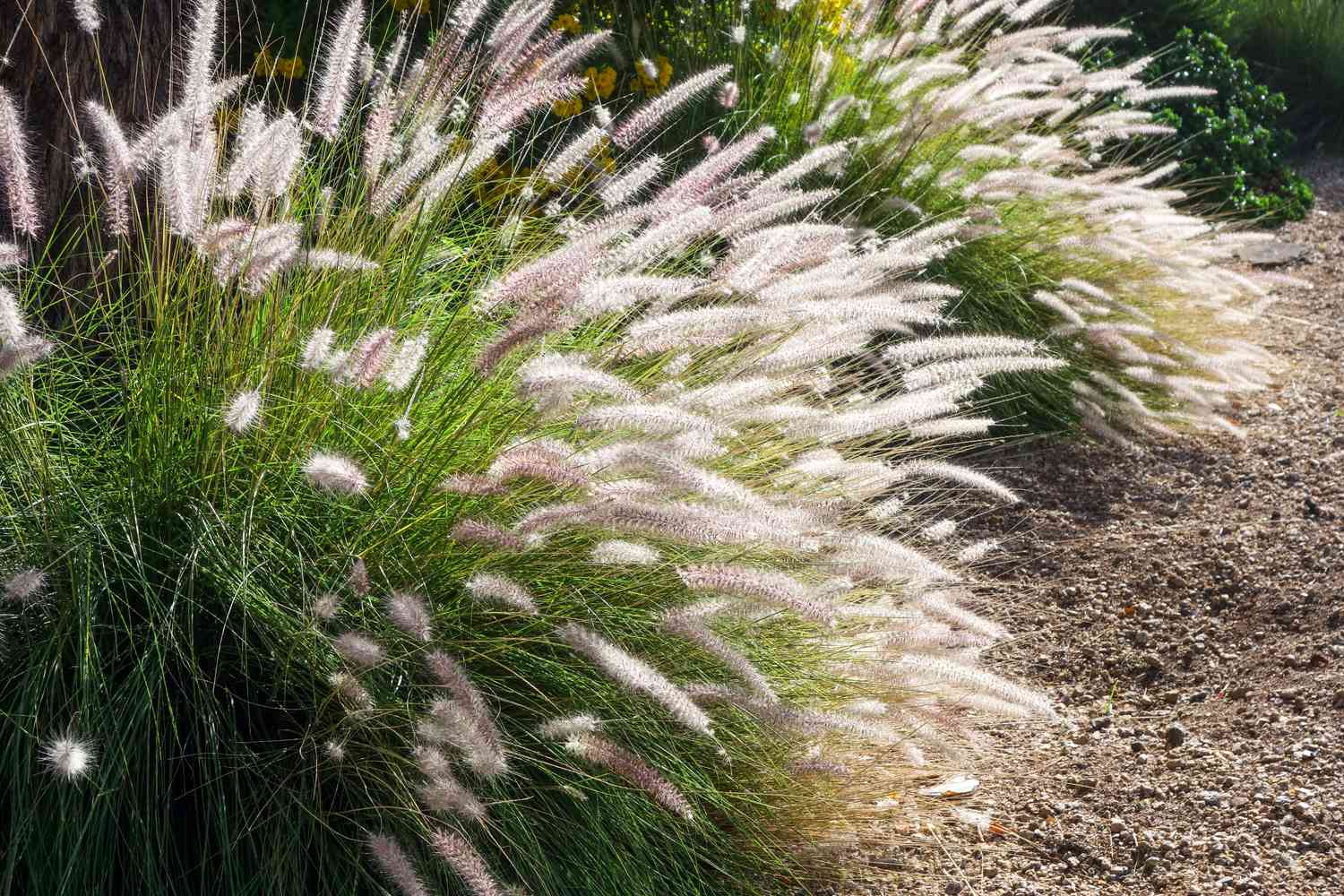

0 thoughts on “Which Grass Grows In Shade”